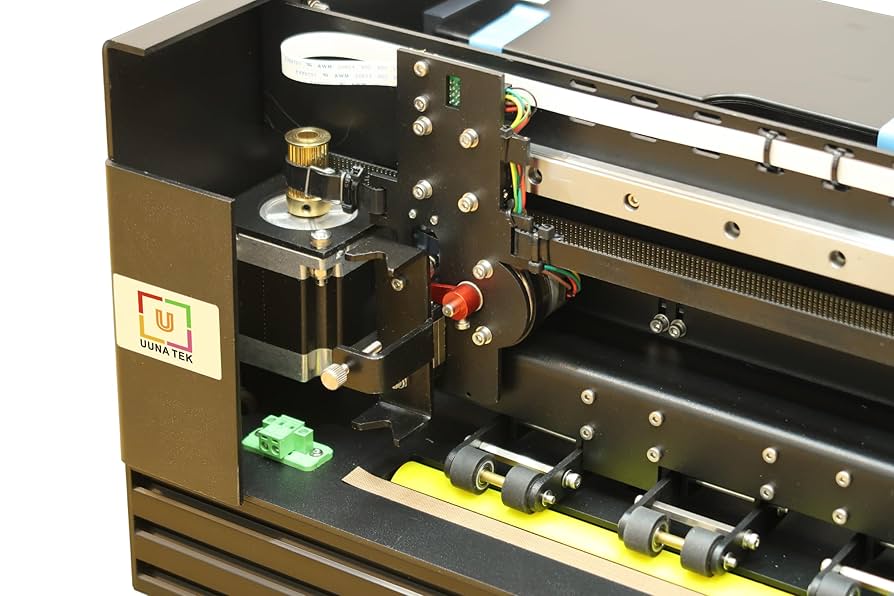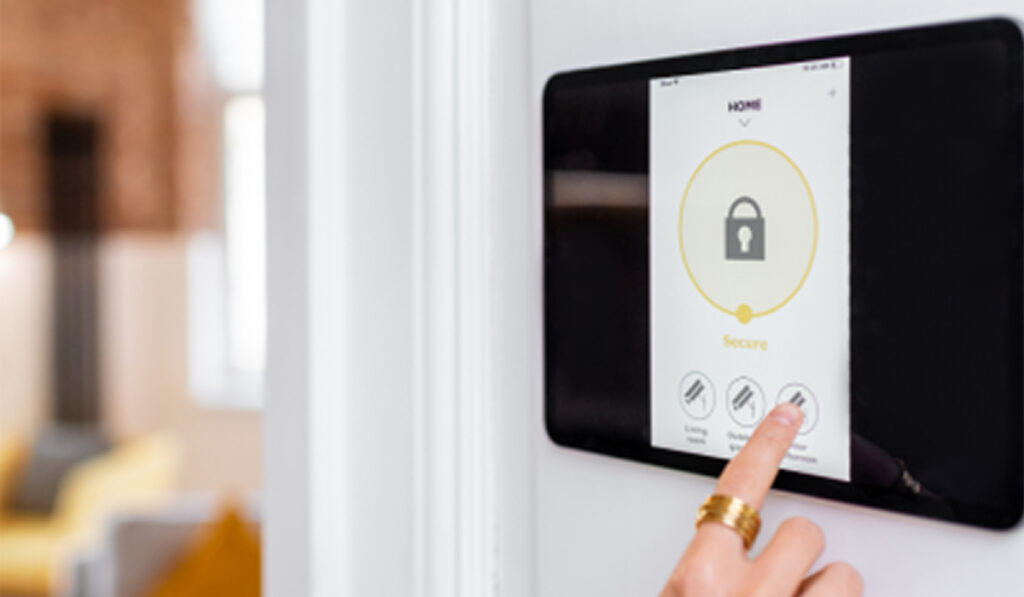
An AI vocal remover is a smart tool that uses artificial intelligence to separate vocals from instrumentals in a song. It allows users to isolate the voice or background music from any audio file—commonly used to create karaoke tracks, remixes, or sample-ready stems for music production. This tool has become extremely popular among DJs, content creators, music teachers, and even casual listeners. The technology behind it continues to improve, offering high-quality results that were once only possible in professional studios.
How Does the Technology Work?
These tools are powered by deep learning models trained on thousands of music samples. The AI learns to detect patterns in human vocals and differentiate them from instruments like drums, guitar, or piano. When a user uploads a song, the AI processes the file, analyzes its components, and separates them into different layers or “stems.” Some tools go further, offering multiple stem options—such as drums, bass, vocals, and melody—depending on the audio complexity and the software’s sophistication.
AI vocal removers are trending due to their convenience, affordability, and surprising accuracy. Social media platforms like TikTok, Instagram Reels, and YouTube Shorts have sparked a wave of creators using these tools for music covers, mashups, and challenges. As music becomes more interactive and personalized, tools that allow people to engage with songs creatively are in high demand.
Musicians, producers, educators, and casual users all benefit from vocal isolation technology. Singers use instrumental tracks for rehearsals or performances. DJs and producers remix clean vocals for creative mashups. Music teachers isolate parts of songs to help students focus on melody or rhythm. Podcasters can remove background noise from audio clips, while video editors use them for soundtrack adjustments and voiceover overlays.
Use Cases for Creators and Professionals
The applications of AI vocal removers are surprisingly broad. Aspiring singers often use them to practice with backing tracks. Music producers love the freedom to remix isolated vocals or beats. Educators use these tools to help students hear individual elements more clearly during training sessions. Even podcasters and video editors now rely on AI stem separation to refine their audio or repurpose popular tracks in compliance with copyright rules.
Key Features to Look for in an AI Vocal Remover
- When selecting a vocal remover tool, users should consider several important factors:
- Quality of separation: Look for tools that provide clean stems without heavy artifacts or distortion.
- File format compatibility: Ensure support for MP3, WAV, FLAC, and other common formats.
- Processing speed: Fast turnaround times are ideal, especially for larger files.
- Batch functionality: Some tools allow multiple files to be processed at once.
- Free vs. premium access: Many platforms offer a free version with limited features and a paid version with advanced tools.
While AI vocal removers open doors creatively, users must be mindful of copyright laws. Removing vocals from a song doesn’t automatically make it royalty-free. If you’re planning to publish or profit from a remix or karaoke version, make sure you have the appropriate licensing or permission to use the original audio.
What’s Next for AI in Music?
As AI evolves, expect features like real-time vocal removal during live performances, multilingual voice separation, and voice-enhancement filters. Some platforms are even developing voice cloning and style transfer tools, allowing users to remix songs in the style of other artists or even replace vocals entirely with their own voice.
The future of AI vocal removers is promising. As the technology becomes more refined, real-time vocal isolation during live performances or streaming may become a standard feature. Multilingual vocal recognition is also emerging, allowing users to process songs in non-English languages with the same accuracy. In the coming years, mobile apps and smart devices are expected to integrate vocal removal features as standard tools for creative professionals and hobbyists alike.

Bella Richardson is a dedicated journalist and news analyst known for her clear, thoughtful reporting and her ability to make complex stories accessible to a broad audience. With a Master of Science in Mass Communication, she brings both academic insight and real-world experience to her coverage of breaking news and trending topics throughout the United States.






